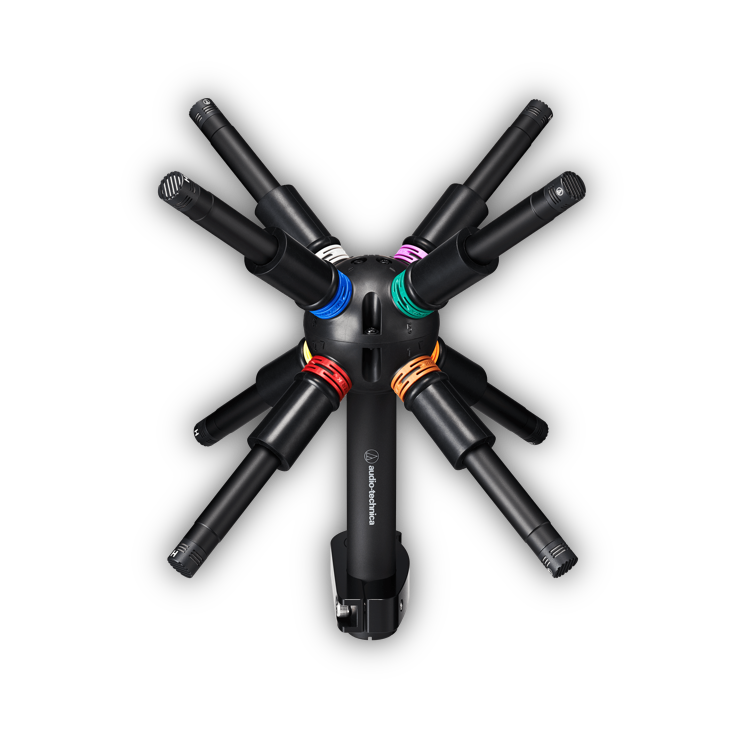Question: What type of microphone is the BP3600?
Answer: The Audio-Technica BP3600 microphone is designed for immersive audio applications, including live sports, live music, and 3D video production. Immersive audio is an experience wherein the listener becomes enveloped in the sound. There are different ways to capture sound and choosing the proper microphone for the specific application is important. As we moved from mono to stereo, we created different microphone techniques to properly capture the sound field and accurately represent it through a stereo signal. There is not one “right” stereo microphone technique, but rather, each one has its own strengths. With audio moving into the next generation of immersive audio, there are likewise different microphone techniques that can be employed. When people are introduced to immersive audio, they often are first presented with ambisonic microphones. However, depending on the application, using these microphones might not be optimal. This is where near-coincident array microphones, such as the BP3600, come in.

The BP3600 is a near-coincident array microphone consisting of eight hypercardioid microphone elements attached to a miniature center body. The elements are affixed to 3.5" (8.8 cm) microphone assemblies that extend from the body to form an imaginary cube. In order to create this virtual cube, each microphone element is angled 70.53 degrees from the next and spaced 15 cm apart. This immersive microphone design does not require any postprocessing conversion, as ambisonics do. The design allows users to set up the microphone and capture an immersive audio bed for real-time delivery, as required for such applications as live broadcasting or live immersive audio experiences.
Unlike other near-coincident array microphones, which require precise configuration and spacing to achieve optimal phase alignment, the BP3600 is designed for extremely quick and easy setup. The detachable microphone assemblies quickly attach to the center body and do not require any additional alignment. The multi-pin LEMO connector plugs into the bottom of the microphone and fans out to eight channels of XLRM connectors. The connectors are color-coded to easily identify channel assignments for the microphone capsules.
The eight-capsule configuration of the BP3600 was designed with a real-time immersive audio bed deliverable in mind. This allows the signals to be directly assigned to four front channels (front-left, front-right, rear-left, rear-right) and the four height channels (front-left, front-right, rear-left, rear-right). This captures the sound field and creates an impressive immersive audio bed for real-time deployment without the need for decoding or latency-adding processing. Alternatively, the eight discrete channels can be processed in postproduction to add additional dimensions to the sound field, such as for Dolby Atmos mixes.
No matter the application, the BP3600 will provide easy deployment and capture to create a truly immersive audio image for your playback system.
If you have additional questions about this or other Audio-Technica microphones, please contact the Audio Solutions Team for assistance.
















































































































































.webp)































